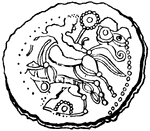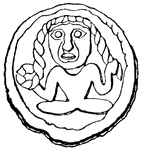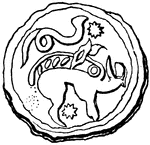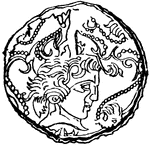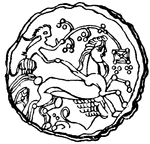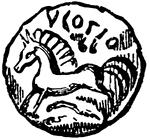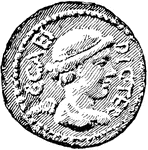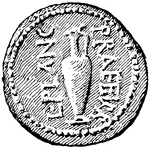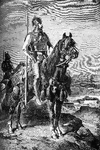Clipart tagged: ‘gauls’
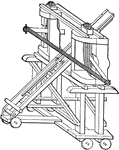
Ballista
The Ballista is a device for throwing large darts very accurately. The Roman Ballistas threw stones…
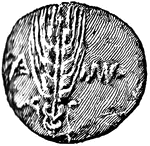
British Coin
British coin of the time period of the Roman invasion in the Gallic War, B.C. 54. Front.
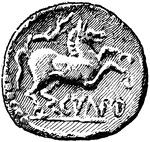
British Coin
British coin of the time period of the Roman invasion in the Gallic War, B.C. 54. Back.
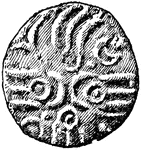
British Coin
British coin of the time period of the Roman invasion in the Gallic War, B.C. 54. Front.
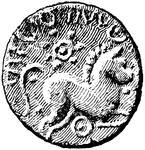
British Coin
British coin of the time period of the Roman invasion in the Gallic War, B.C. 54. Back.
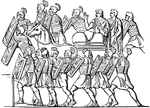
Hollow Square
Military formation of the Romans, also agmen quadratum. Square formation with no troops in the middle.

City, Passau
Passau is one of the oldest cities in Germany, a village of Gauls in early days; and later, a Roman…

Torque
"A Torque, in archæology, is a twisted collar of gold, or other metal, worn around the neck, in…

Gallic Torques
Gallic Torques were heavy necklaces of braided metal. Gauls carried their wealth in the form of Gold…



